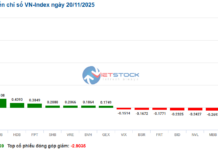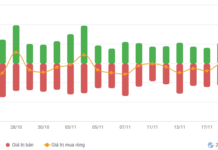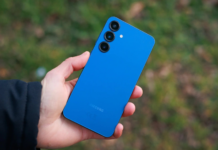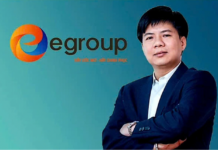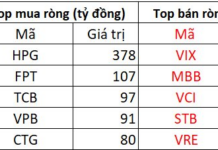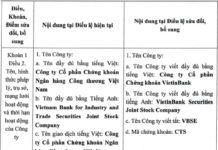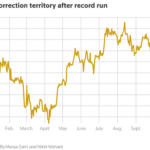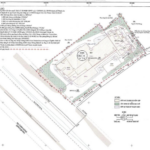Vietnam’s smartphone market, already crowded with fierce battles among giants, has recently witnessed an unexpected event: the return of ZTE.
Once a familiar name that quietly disappeared, this Chinese brand is making a comeback not with a flashy campaign on all fronts, but with a new spearhead aimed directly at a less-explored segment: gaming phones.
With its flagship product, the nubia NEO 3 GT 5G, recently launched, ZTE is betting on a niche strategy. But what are the chances of success this time?
Failure and Return
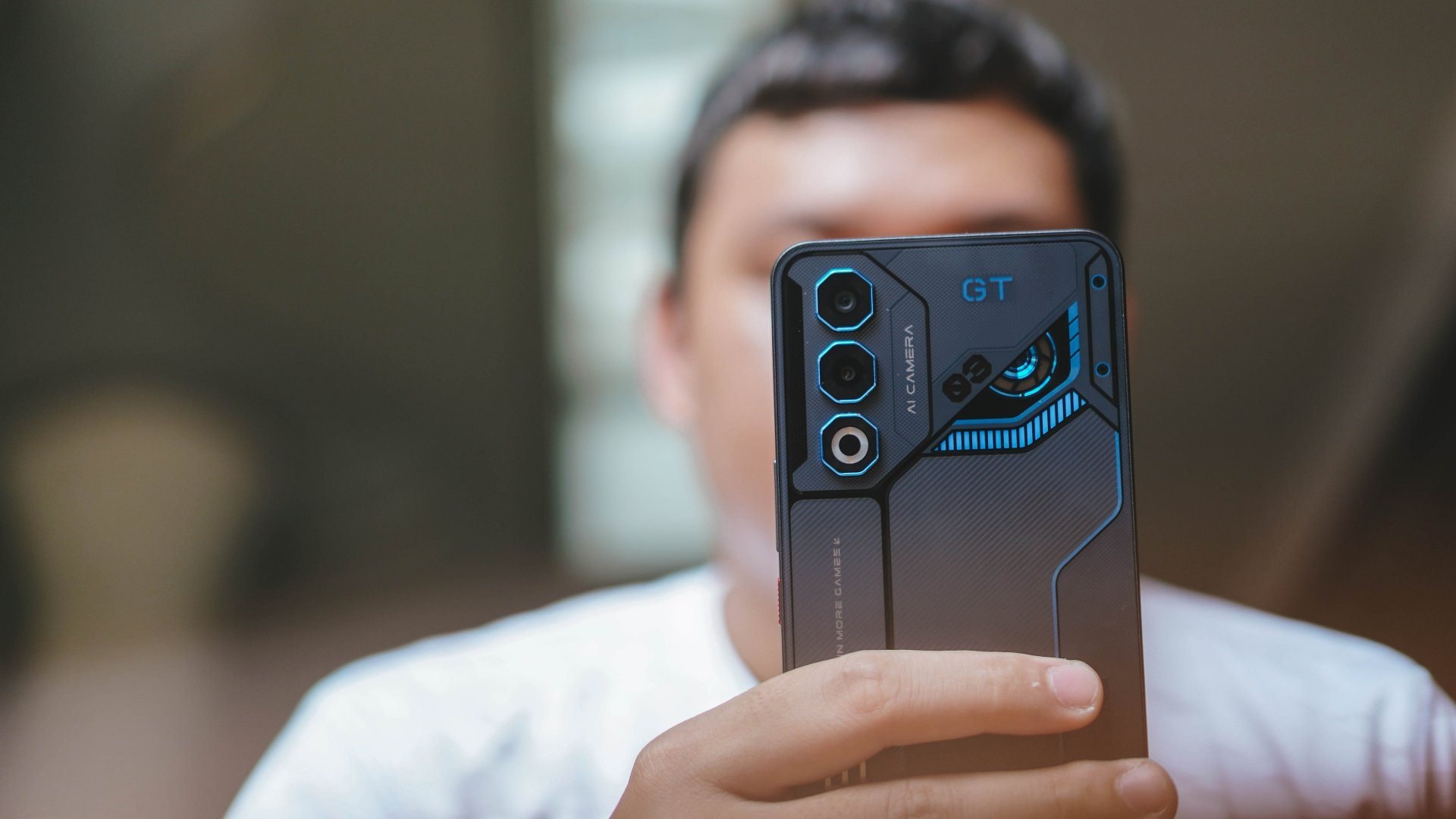
ZTE’s initial efforts to conquer Vietnamese smartphone users were unsuccessful. Like other brands (Meizu, Wiko, Infocus), ZTE had to leave without fanfare.
The main reason was the absolute dominance of giants like Samsung and Oppo. With massive marketing budgets and extensive distribution networks, these brands created an almost insurmountable barrier for lesser-known brands, which struggled with both funding and brand recognition.
Beyond competitive pressure, ZTE faced internal issues and external shocks. A representative once explained a previous withdrawal (around 2015-2016) as due to a major policy shift, transitioning from a B2B to a B2C (Business-to-Consumer) model, causing a “disruption” in strategy.
However, the fatal blow came in 2018 when the U.S. government imposed a ban, preventing U.S. companies, particularly Qualcomm, from supplying components to ZTE. This ban nearly paralyzed ZTE’s global smartphone production, especially for high-end models reliant on Snapdragon chips. Amid this existential crisis, maintaining a presence in a fiercely competitive market like Vietnam was impossible.
In retrospect, ZTE’s previous failure was not just due to strong competitors but also to its own unsuitable strategy. In 2015, they launched five smartphone models simultaneously, spanning from budget to high-end, from the affordable Blade line to the flagship Axon.
This scattered approach diluted marketing resources and failed to create a distinct impression in consumers’ minds. Learning from this painful lesson, the company’s return strategy has undergone a fundamental change.
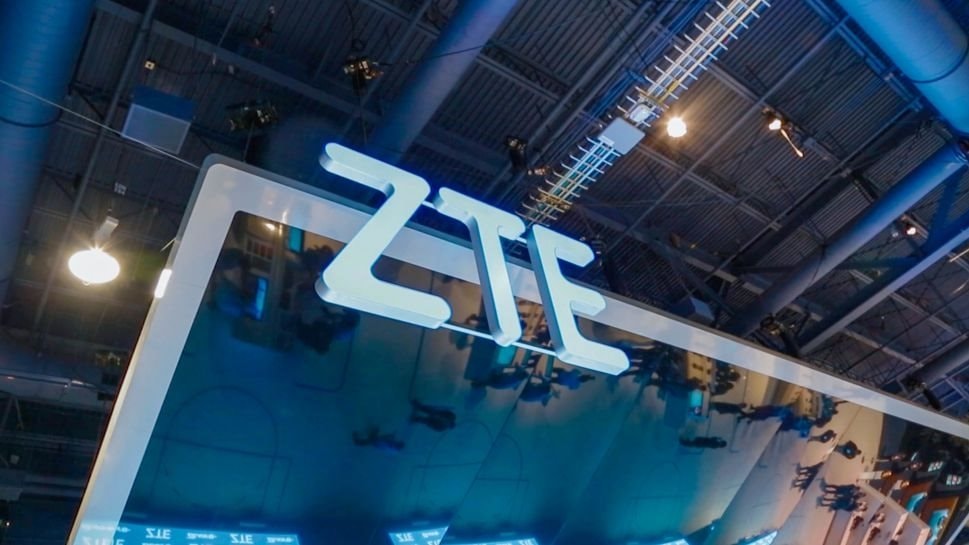
Instead of repeating past mistakes, ZTE’s return is a carefully calculated “comeback,” focusing on a single strategy: conquering a niche market.
ZTE wisely avoided direct confrontation with Apple and Samsung in the high-end segment or Xiaomi and Oppo in the mid-range. Instead, they chose a unique path, targeting the mobile gaming community—a niche but massive market with high spending power in Vietnam.
The spearhead for this attack is the nubia sub-brand, already renowned in the gaming phone arena, with its flagship product, the nubia NEO 3 GT 5G.
This device is clearly positioned as a gaming-focused smartphone, from its rugged, edgy design and RGB lighting system to specialized hardware and software features like physical trigger buttons and the AI Game Space 3.0 gaming environment.
This new strategy allows ZTE to create a product with a unique identity, precisely meeting the needs of a specific customer group. This is a smart move given that Vietnam’s mobile gaming market is projected to reach $1.66 billion in revenue by 2025, a true goldmine.
ZTE’s most “savvy” move is its strategic partnership with Saigon Phantom (SGP), one of Vietnam’s top Mobile Legends: Bang Bang eSports teams. Beyond a sponsorship deal, the nubia NEO 3 GT 5G has become the team’s official training device.
This endorsement of the product’s performance and stability by professional gamers sends a powerful message: “If it’s good enough for the pros, it’s good enough for you.”
Can ZTE Gain a Foothold?
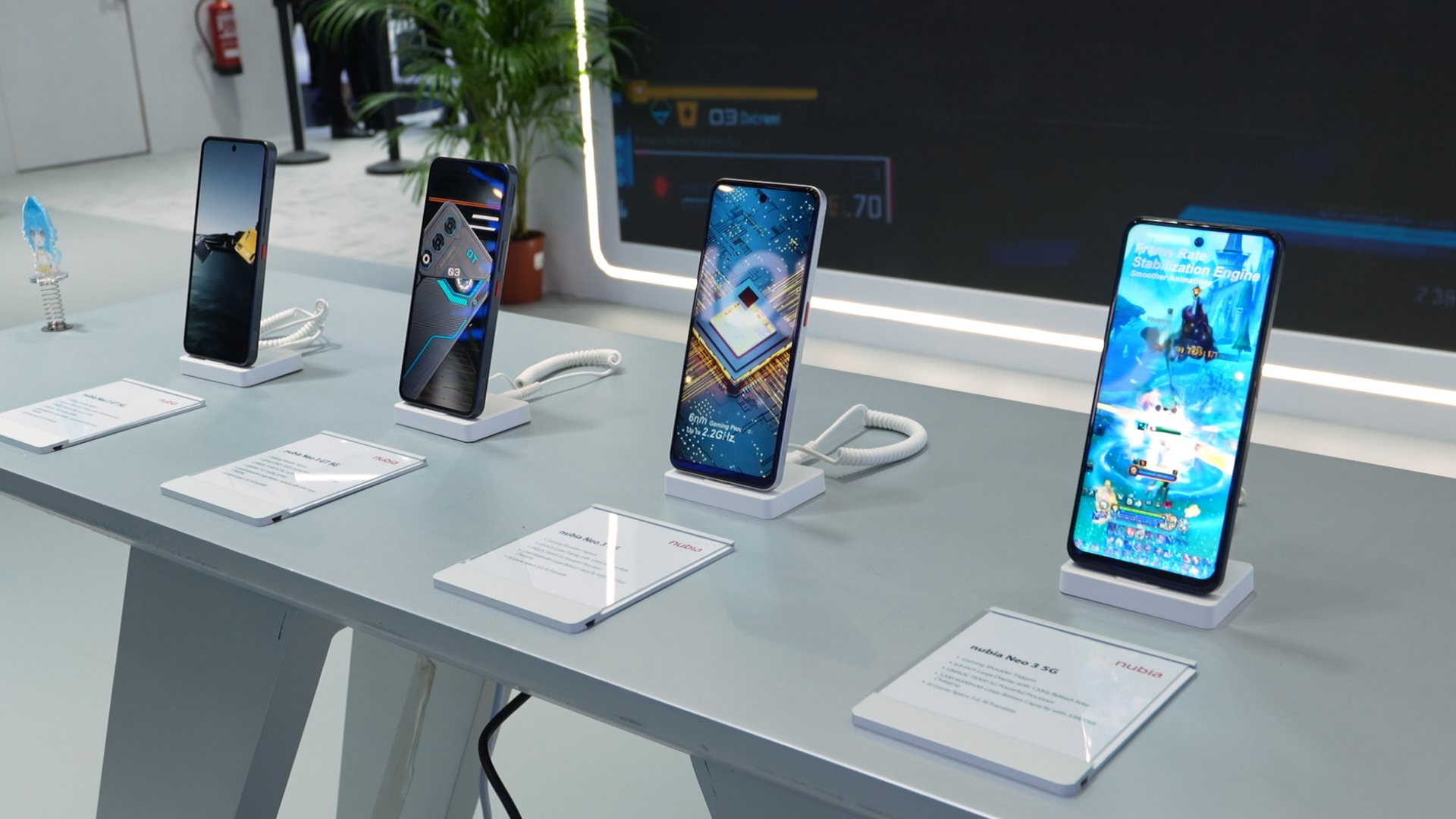
Vietnam’s 2025 smartphone market is dominated by giants. Samsung, Apple, Xiaomi, and Oppo control nearly the entire market share. Reports from early quarters show Samsung leading, while Apple and Xiaomi fiercely compete for second place, followed by Oppo.
Consumer trends are also shifting. Vietnamese consumers are willing to spend more on smartphones, prioritizing quality and feature-rich devices. The battle is no longer about “affordable prices” but about the “value” delivered to users. 5G connectivity is also becoming a standard, even in mid-range devices.
Focusing on the gaming niche is a strategic move backed by compelling numbers. Vietnam is not only a major gaming consumer but also a global leader in mobile game production and downloads, ranking in the top 5 worldwide.
With over 54.6 million gamers and projected revenue of $1.66 billion by 2025, this is an incredibly lucrative market. Games like Mobile Legends: Bang Bang and Free Fire have millions of daily active players, creating massive demand for devices that deliver the best gaming experience.
In a market where the top 4 brands hold over 80% of the share, launching a mid-range device similar to competitors would doom ZTE to obscurity. By creating a specialized product for a large, passionate, and underserved segment, ZTE is employing a “David versus Goliath” strategy, building a stronghold from which to expand.
ZTE’s return is a high-risk gamble, but one that is far more calculated than its past attempts. Success is not guaranteed. The market is ever-changing, and competitors won’t stand idle. However, unlike before, ZTE has given itself a real chance to fight.
Whether they can turn this opportunity into sustainable market share depends on flawless execution and long-term commitment to the Vietnamese market.

